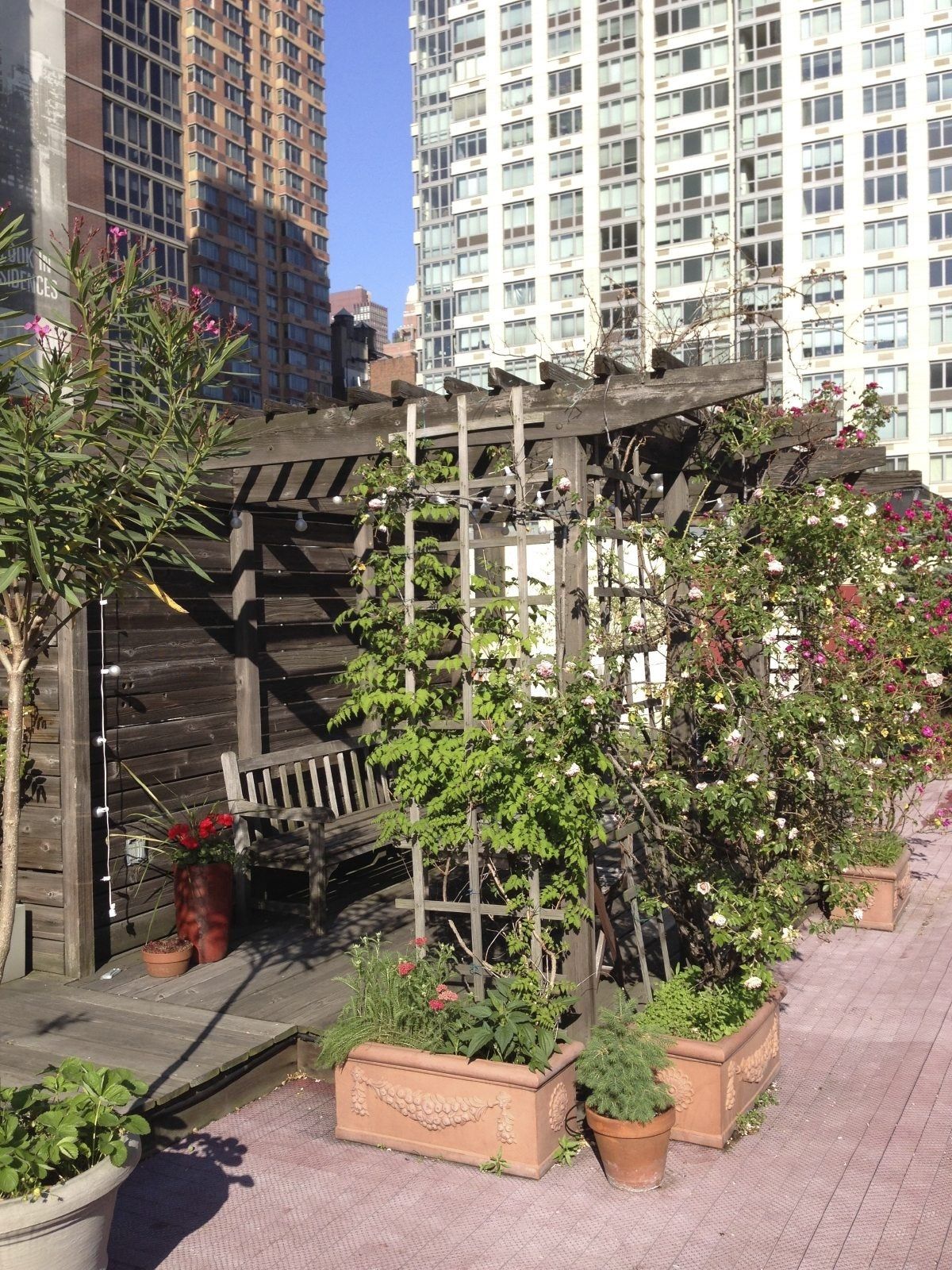The 2-Minute Rule for City Blooming
The 2-Minute Rule for City Blooming
Blog Article
What Does City Blooming Mean?
Table of ContentsThe Facts About City Blooming UncoveredCity Blooming Fundamentals ExplainedThe Greatest Guide To City BloomingCity Blooming - The FactsSome Known Details About City Blooming
Intrigued in growing food for sale in the City of Chicago? Below is a checklist of frequently asked concerns regarding the rules and policies that farmers ought to think about when preparing a metropolitan farming project.
The zoning modification does not change any type of various other codes managing composting, building permits, purchasing or leasing City owned residential property, organization licenses or ecological contamination. There are existing codes that regulate these problems and they stay in full impact and may be suitable to your job. Community yards are commonly had or taken care of by public entities, public organizations or community-based companies and preserved by volunteers.
Urban ranches expand food that is meant to be offered, either on a nonprofit or for-profit basis. As a result of their business purpose, city farms need an organization permit. Yes. A neighborhood garden is enabled to sell surplus produce that was expanded on website if the sales are accessory or subservient to the yard's main function explained over.
The Definitive Guide for City Blooming
Composting is enabled however just for plant material that is generated and utilized on website. The amount of compost material can not exceed 25 cubic backyards at any offered time according to the criteria in 7-28-715 of the City's Municipal Code. Yes. Since the dirt at many brand-new yard sites requires modifying, compost, soil, wood chips, or various other materials can be obtained to build or enhance the growing space - container and raised bed gardening etc..

If a structure authorization is called for then the hoophouse will be thought about an accessory structure. You can discover even more about the building authorization demands by contacting the Division of Buildings. The 25,000-square-foot size limit is planned to protect against a solitary area yard from controling an offered block or interfering with the block's existing domestic or business personality.
The limitation does not apply to yards found in Public Open Room (POS) areas. Can there be more than one neighborhood yard that is 25,000 square feet on a solitary block? Fence is not needed, nonetheless, gardens that have big parking locations may be needed to install fence or other landscape design functions.
Some Known Factual Statements About City Blooming
B1 & B2 districts require that all business have a peek at these guys usage tasks be performed indoors. R districts limit business task. The laws reflect the function and intent of the Zoning Code. Is fence needed for city ranches? Yes. Fences might be called for, in addition to landscaping and screening, for particular car park areas and outdoor work or storage areas depending on location and the details activity happening.
Urban farms need building authorizations and zoning authorizations prior to building (container and raised bed gardening etc.). Various other kinds of city review might be required depending on details frameworks, tasks, size, landscape design, licensing, public health and stormwater administration concerns.
The Division of Service Affairs and Consumer Security can help determine the certain kind of service permit that's required. Off street car parking is required for a lot of commercial projects in Chicago. The needed number of auto parking spaces is based on the number of staff members functioning on website and not the square video of the expanding space.
The 6-Minute Rule for City Blooming

An urban farm can sell garden compost material created on site, however, the operation has to conform with the guidelines in 7-28-715 of the Chicago Municipal Code. Aquaponic systems are permitted indoors on metropolitan ranches in many zoning areas.
Approximately 5 hives or colonies of honey bees might be maintained as an accessory use. Nonetheless, beekeepers should sign up with the Illinois Department of Agriculture. For additional information concerning the recommended zoning change you may call the Division of Housing and Economic Advancement, Bureau of Preparation and Zoning at 312.744.8563.
, which takes location in rural locations at the side of residential areas.
What Does City Blooming Mean?
, that seek to form social networks established on a common ethos of nature and area holism. These networks can create by means of official institutional assistance, coming to be integrated right into regional community planning as a "shift community" motion for sustainable metropolitan development.
In either case, the extra direct access to fresh vegetable, fruit, and meat products that may be become aware via city farming can boost food protection and food safety and security while lowering food miles, resulting in reduced greenhouse gas exhausts, thereby contributing to climate modification mitigation. A few of the initial proof of metropolitan agriculture comes from Mesopotamia.
Report this page